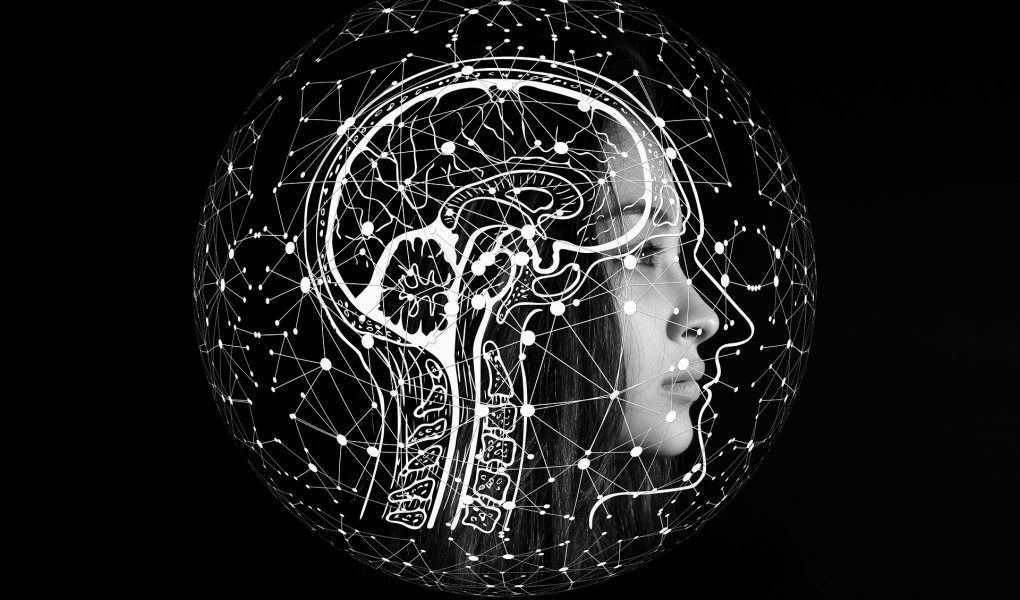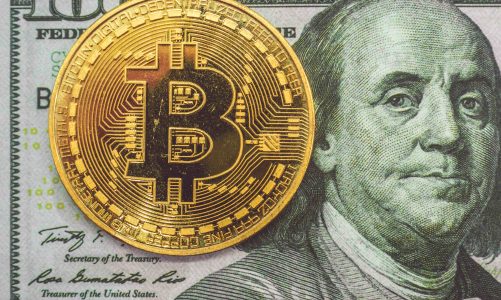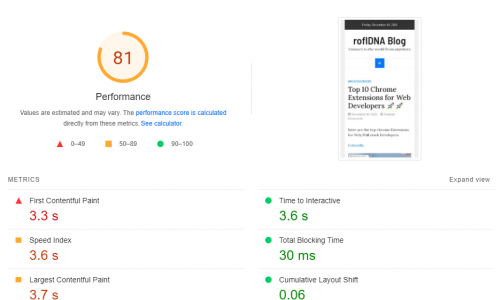What is AI?
Artificial intelligence is a brain created by humans that can think and make decisions for itself, often to assist humans and improve our everyday lives. Think of it as when you’re just born baby, you see many things, but don’t know what to do with it. But with the help of your parents, teachers, and friends you learn how to talk, eat, and think for yourself. AI without code is literally that. It’s the developers job to teach the program how to think and real with the data given.
But What Can You Do With AI?
In AI, there are 6 main branches, Neural Networks, Robotics, Expert Systems, Natural Language Processing, Fuzzy Logic, and Machine learning.
Neural Networks
Neural networks is an algorithm that takes a value through a series of layers to recognize the relationship between data, and is very similar to how we humans think when we see and observe data.

Robotics
Robotics are machines that are designed to do a task that will assist better the lives of humans. AI is a big part of robotics because assisting humans requires the ability to do what a human could do to some degree, and that requires a lot of thinking. In humanoid robots, if a robot is moving by its own decisions, if must know how to observe the area/environment it is in to take the correct steps and move the motors in the correct angles in order to not fall down and do the task properly.

Expert Systems
Similar to Fuzzy Logic, Expert System aims to make similar decisions a human would make, except with a proficient amount of information, knowledge, and experience in the certain field the program is to make the decision about.

Natural Language Processing(NLP)
Natural Language Processing is a field where we want the computer to understand the text and spoken words like us humans do. Some popular applications of NLP would be Google Home, Amazon Alexa, Siri, and Bixby.

Fuzzy Logic
Fuzzy Logic (FL) is a method of reasoning that resembles human reasoning. Instead of the original True/False, or Yes/No, it includes more possibilities in between.

The inventor of fuzzy logic, Lotfi Zadeh, observed that, unlike computers, human decision making includes a range of possibilities between YES and NO, such as −
Machine Learning (ML)
Machine learning allows machines/systems/or programs to automatically learn from experience by using data. Machine learning is one of the biggest, and most popular applications out of the branches of AI, probably because it has had and has the potential to make a ginormous amount of change in our lives.
Types of ML
Supervised learning
One of the main types of Machine Learning is Supervised learning. In supervised learning, we already know the answer/outcome before the system calculates it. So, at first, we’ll give the program data and its label to train them to, later on, be able to predict the outcome when given data without a label.
This learning method is often used to classify objects
Decision Tree
A Decision tree is an algorithm that involves the program to go down a tree of questions to figure the output of the data given.
For example, if the program’s job was to figure out whether a man should go see the doctor or not, it would go through the following steps/questions
Are you older than 40?
Yes = next question
No = No need to see a doctor
Is your rectal temperature above 38C?
Yes = Go see a doctor!
No = No need to see a doctor.

Unsupervised learning
In Unsupervised learning, we don’t give the program the output/labelled data because either we don’t know, or we want the program to discover a new, more efficient pattern. In this type of learning, since the program isn’t given any labelled data it must find its own patterns between the data. An advantage of unsupervised learning would be that it requires very little work from the “supervisers” because we don’t have to label any data but the disadvantage would be that it is less accurate and vary considerably in the presence of outliers.
Often used to cluster objects(group data using similarities)
K-means
Let’s have a set of data that we can plot on a line…

We’re going to come up with a number of clusters we would like to cluster the data into. This is the K
As an example, let’s have K=3
We’re going to randomly select 3 points on the line
And check the distance between every point on the line and the 3 randomly selected points.
Then we’re going to label that non-selected point as whatever the closest selected point was.
Repeat for every other non-selected point

Then we find the mean of each cluster and compare the distance between a point in that cluster to the cluster mean and the distance between the point to the mean of another cluster

If the distance between the point and another cluster is closer then you relabel that point as whatever the new cluster is.
You do the whole process multiple times with a different starting point and than choose one with the most variance!
Reinforced learning
Reinforcement learning is a machine learning training method that involves rewarding desirable behaviours and punishment for undesirable behaviours. This method has many sequences of decisions, and the reward/punishment system helps the program to take the correct path.
A popular Algorithm for reinforcement learning is called Q-learning
Q-learning
Q-learning is a model-free reinforcement learning algorithm to learn the best value of an action in a particular state by finding the most optimal q value for each state-action pair. It will take more than just this article to understand the concept so I recommend using {https://developer.ibm.com/articles/cc-reinforcement-learning-train-software-agent/} to dive deeper into q-learning.

Semi-supervised learning
Just like the name, semi-supervised learning is a mixture of both supervised and unsupervised learning. Let’s say we’re given 100 pieces of data. First, we had 10 labelled pieces of data and gave them to the program. The data goes through the algorithm just like normal supervised learning. But then, we have the 90 unlabelled pieces of data go through the algorithm.
Artificial Neural Networks
Artificial Neural Networks is another type of learning that mimics how we, humans recognize data by using neurons and a series of layers.
As an example, when looking at a number, how do we know if it is that number? How do we see the number 9 and know it’s the number 9?
By breaking down the image(number 9) into pixels we can check all the probabilities of that number being a 1, a 2, a 3, a 4 etc. And whichever it is closest to, we conclude that the image is that number.
Of course, it is not this simple, there are concepts such as weights, and biases, so if you want to check that outlook at this {https://www.youtube.com/watch?v=aircAruvnKk}



